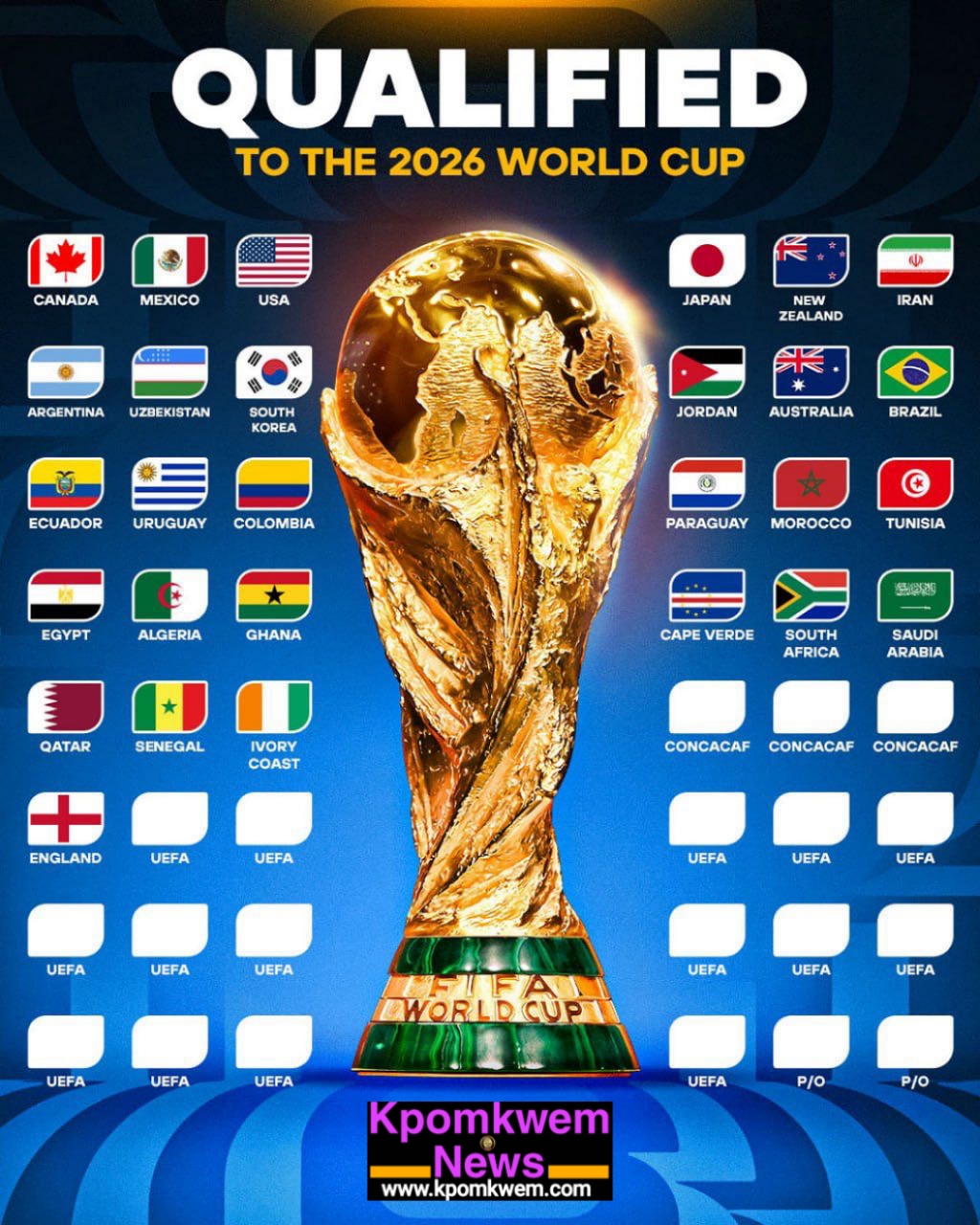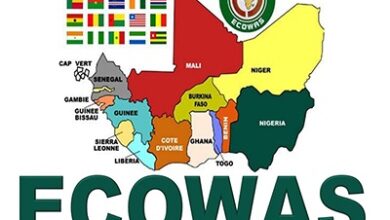
28 Nations and the Rising Tides of the 2026 World Cup
As the global football community turns its eyes to next summer’s spectacle, the field is already taking shape. A total of 28 countries have now qualified for the 2026 FIFA World Cup, co-hosted by the United States, Canada, and Mexico.
This expanded format with 48 teams set to compete is more than just a statistical change. It represents a shift in opportunity, ambition, and global representation.

A Broader Canvas
For decades, the World Cup was a tight field 32 teams, fierce battles just to reach the finals. But the 2026 edition dramatically widens the door:
Regions like Africa (CAF) and Asia (AFC) will send more teams directly.
Oceania (OFC) finally gains a guaranteed direct spot.
The hosts : USA, Canada, and Mexico are in automatically. Their inclusion underscores the global reach of the tournament and the logistical challenges (and rewards) of hosting across three countries.
The Newcomers and Historic Moments
Several nations are entering the World Cup arena in fresh ways:
Debutants like Cape Verde, Jordan, and Uzbekistan will appear for the first time in a World Cup.
Others, though long-established in regional competitions, are back after hiatuses South Africa returns for the first time since hosting in 2010, for example.
These stories are important. They remind us that the World Cup isn’t just about the champions. It’s about representation, about giving smaller nations and emerging football cultures a chance on the world stage.
It’s still a who’s-who of football legends among the 28 so far: Argentina, Brazil, England, Morocco, Japan, South Korea, etc. But what’s different is that many of these “usual suspects” now have more competitors to prepare for. The footballing landscape is deepening.
For example:
Asia has eight teams already in.
Africa has claimed all nine direct slots.
Europe, with its stronger infrastructure and pedigree in the game, still has many spots open but the early qualification of England underlines how competition is no longer one-sided.
Though 28 teams are confirmed, 20 spots remain. These will be filled via final continental qualifiers and inter‐confederation playoffs.
Some key stories to watch:
Which nations seize their first ever World Cup appearance?
Will traditional underdogs continue rising?
How will the hosts manage expectations on home soil across three countries?
What surprises are still lurking behind the final qualifiers?
Talent development in nations with new qualification should receive a boost more exposure means more investment, more youth engagement, more domestic infrastructure.
New qualifiers also mean more markets opening for broadcasters, sponsors, and merchandisers. The 48-team format multiplies the global audience.
Politically and socially, the pride in qualification can pay dividends: unity, national identity, morale. For some of the newer entries, this could be transformative.
As the countdown marches on to June 2026, the qualifying list is more than just names on a roster. it’s evidence of football’s increasing democratization. The stage is set not just for the famed giants to shine, but for fresh stories, new heroes, and surprising moments.
The 28 teams already in have earned their places. For the remaining 20, the final campaign promises drama. And for us watching, the promise of a World Cup unlike any before: broader, deeper, more global than ever.






















